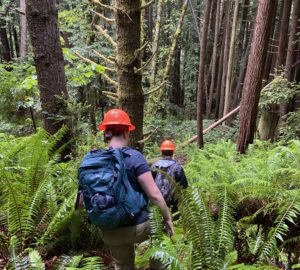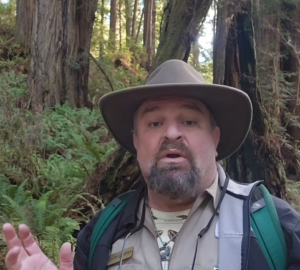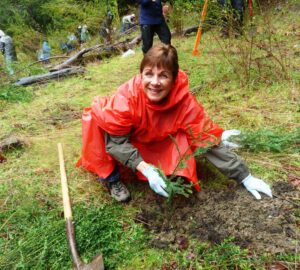On a foggy July night in 1850, the Baltimore clipper Frolic sailed south along the Mendocino coast, bound for San Francisco and its booming economy. The hold of the former opium ship was filled with all the luxuries of the Orient – silks, porcelain, candied fruits. Its crew of sailors from China, India, and Indonesia was well ready to disembark in San Francisco and enjoy the sights and sounds of a city after many long weeks at sea. While rounding Point Cabrillo, the ship strayed too close to shore and ran up against the rocky reef, snapping off the rudder and tearing open the hull. While six members of the crew refused to leave the rigging of the foundered vessel and were left, the remaining 20 sailors boarded lifeboats and made for shore, rowing six miles to the mouth of Big River. From there the group split, with the captain and six crewmen piloting a lifeboat to Bodega and the rest of the crew traveling overland, heading south to San Francisco. The captain and his team arrived in the city after several days; the rest of the crew was never seen again.
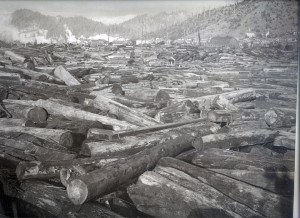
Local Native American communities soon found the wrecked ship and salvaged what they could from it, carrying ceramic jars and silks inland to their villages. However, their good fortune was to be short-lived. The following spring, lumber merchant Henry Meigs sent an expedition north to recover any usable material from the Frolic. While the mission failed in its stated purpose, on the way to the site the travelers discovered the great forests of ancient redwood along Big River. Upon hearing that the timber in the river valley was both plentiful and accessible, Meigs ordered a sawmill to be delivered to the mouth of the river, establishing a mill and settlement at what is now the city of Mendocino. From this shipwreck began the Mendocino lumber industry.
Demand for timber and resources became so high that the local Native communities were soon forced onto reservations. The forest fell to the axe and saw. The ship slowly rotted on the rocks. Without the shipwreck, would the Mendocino redwoods have been saved? Would the conservation movement that began in Humboldt have started instead in Mendocino had the forests been standing when League founders Merriam, Osborne, and Grant made their historic drive north? Might the local people have found a way to continue the lives they knew?
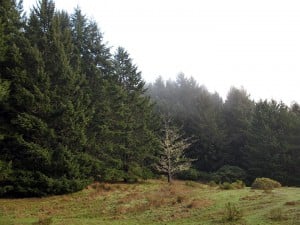
Written in the eulogies of forests must be hope, and the League today is working to make that hope come true, restoring forests along the Mendocino coast so that one day future explorers may be as awed as the ill-fated crew of the Frolic. Last year, the League protected the Four Corners forest in northern Mendocino County, and donated the property to the InterTribal Sinkyone Wilderness Council, descendants of the original inhabitants of the land.




